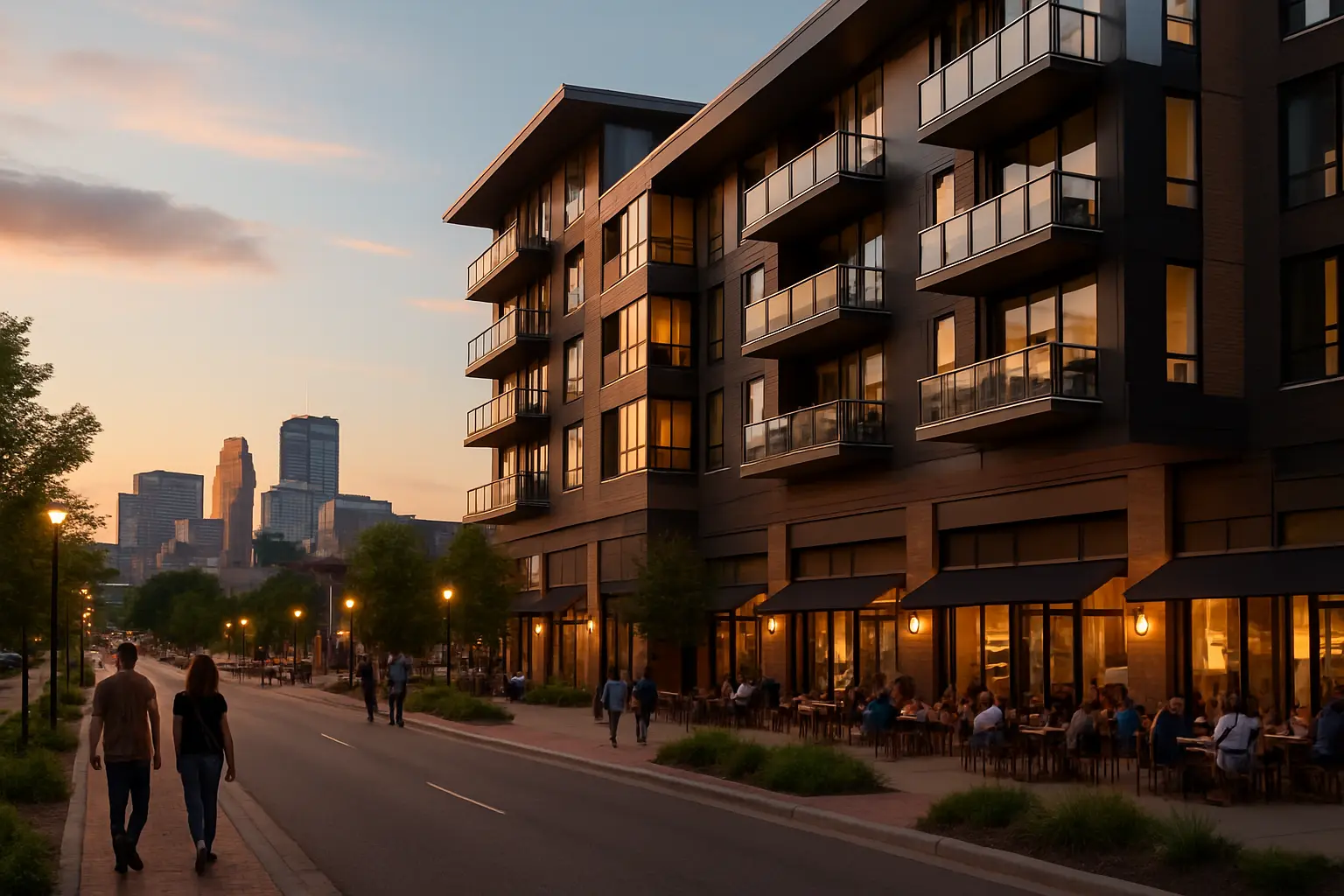From Empty Spaces to Thriving Places: Minnesota's Mixed-Use Development Revolution
Discover how innovative mixed-use properties are transforming Minnesota communities and creating unprecedented investment opportunities

The Evolution of Minnesota's Real Estate Landscape
Minnesota's real estate market is experiencing a revolutionary transformation as mixed-use developments reshape the urban and suburban landscape. These innovative properties, combining residential, commercial, and recreational spaces, are responding to a growing demand for integrated living solutions that prioritize convenience and community connection.
The Twin Cities metropolitan area has emerged as a pioneer in this evolution, with several landmark projects demonstrating the successful integration of diverse property uses. Recent market analysis shows that mixed-use properties in Minnesota have experienced a 15% higher occupancy rate compared to traditional single-use developments, highlighting the robust demand for these versatile spaces.
Smart Investment Strategies
For investors and business owners, Minnesota's mixed-use developments present compelling opportunities in a dynamic market. The key advantages include:
- Diversified Revenue Streams: Multiple income sources from residential, retail, and office spaces
- Risk Mitigation: Balanced portfolio through varied tenant types
- Appreciation Potential: Enhanced property values due to community amenities
- Operational Efficiency: Shared maintenance costs and infrastructure
Successful investors are particularly focusing on locations near transit corridors and emerging suburban centers, where mixed-use developments are showing strong performance metrics and sustained growth potential.
Community Impact and Lifestyle Benefits
The transformation extends beyond financial returns, creating tangible improvements in community life. Modern mixed-use developments in Minnesota are characterized by:
- Walkable neighborhoods with reduced car dependency
- Enhanced social interaction through shared spaces
- Improved access to essential services and amenities
- Sustainable design features promoting environmental responsibility
"Mixed-use developments are not just changing where people live and work – they're fundamentally transforming how communities interact and thrive," notes a prominent Minnesota urban planning expert.
Future Growth Potential
The future of mixed-use development in Minnesota shows promising growth trajectories, particularly in:
Key Growth Areas
- First-Ring Suburbs: Redevelopment of aging commercial corridors
- Transit-Oriented Districts: New developments along expanded light rail routes
- University Districts: Student-focused mixed-use communities
- Healthcare Corridors: Integrated medical office and residential spaces
Market indicators suggest continued expansion in these sectors, with particular emphasis on sustainable design and technology integration. Developers are increasingly incorporating smart building features and flexible spaces that can adapt to changing market demands.
Investment Considerations
For those looking to enter this market, key success factors include:
- Thorough market research and demographic analysis
- Strong focus on location and accessibility
- Partnership with experienced development teams
- Long-term vision for community integration
As Minnesota continues to lead in mixed-use development innovation, investors and community stakeholders are witnessing the creation of vibrant, sustainable spaces that promise both financial returns and enhanced quality of life for residents.


